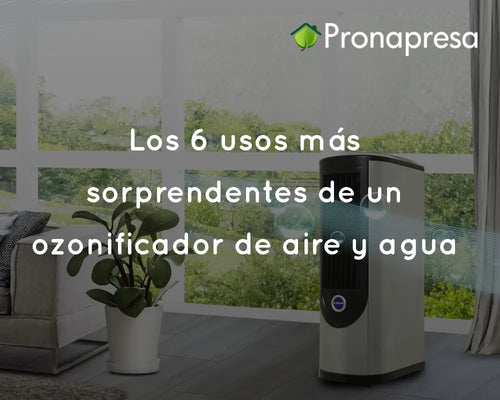
Hearing loss is a condition that can significantly affect a person's quality of life. Fortunately, advances in hearing technology have led to a variety of hearing aids designed to improve the hearing and communication of those suffering from this condition. In this blog, we'll explore how these devices work and the different types available to address various hearing needs.
How Hearing Aids Work:
Hearing aids, also known as hearing aids, operate on sophisticated technological principles to capture, process, and amplify sound. The basic process of how they work is described below:
- Sound Pickup: A microphone built into the hearing aid detects sound waves from the environment, converting them into electrical signals.
- Signal Processing: The captured electrical signals are directed to a signal processor. Here, adjustments and enhancements are made to eliminate unwanted noise and highlight important sounds.
- Amplification: After processing, the signals are amplified, which means their volume is increased without distorting the sound quality.
- Transmission to the Ear: Amplified signals are sent to the hearing aid speaker or receiver, which converts the electrical signals back into sound waves that are transmitted to the inner ear.
- Auditory Perception: The user's inner ear and brain interpret the amplified sound signals, allowing for clearer and sharper perception of sounds.
Types of Hearing Aids:
There are several types of hearing aids, each designed to suit different needs and preferences. Here's a description of some common types:
- BTE (behind-the-ear) hearing aids : These sit behind the ear and connect to a mold in the ear canal. They are versatile and adapt to various types of hearing loss.
- RITE (receiver-in-the-ear) hearing aids: Similar to BTEs, but with the speaker in the ear canal. They are more discreet and offer a natural listening experience.
- ITC (In-the-Canal) Hearing Aids: These fit partially into the ear canal, making them less visible. They are ideal for mild to moderate hearing loss.
- CIC (completely-in-the-canal) hearing aids: These are even smaller and fit completely inside the ear canal, making them practically invisible from the outside.
- Bone Conduction Hearing Aids: These transmit sound through vibrations in the cranial bone, benefiting people with middle ear problems.
- Rechargeable Hearing Aids: These use rechargeable batteries instead of disposable ones, simplifying maintenance.
- Smart Hearing Aids: Some hearing aids offer wireless connectivity, allowing connection to devices such as phones and TVs, as well as personalized adjustments through mobile apps.
Hearing aids are essential devices for improving the hearing and quality of life of people with hearing loss. Each type of hearing aid has its own advantages and considerations, so it's important to consult a hearing healthcare professional to determine which is the best option for your individual needs. Technology continues to advance, meaning the future of hearing aids promises even more innovation and improvements in the listening experience.























































